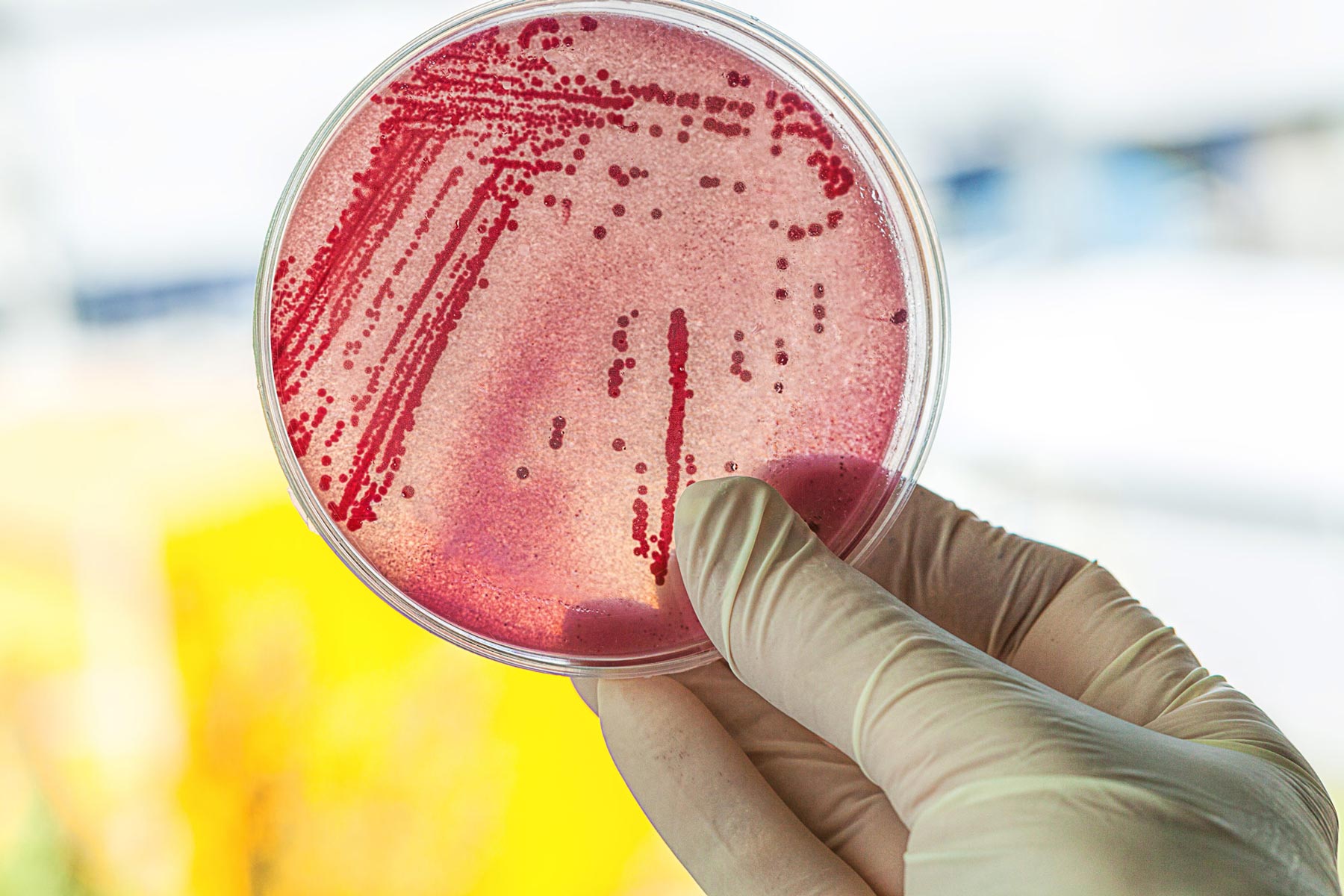Coliform Bacteria & E. Coli in Drinking Water
- May 6, 2019
- Category: Brelje & Race

Pathogens in our drinking water can cause more than just an upset stomach. Contaminated drinking water that isn’t regularly tested can harbor dysentery, hepatitis, giardiasis and many other illnesses that can cause us to feel extremely sick.
In order to avoid waterborne illnesses, public water systems and private well owners utilize various measures to ensure their drinking water is clean and free from harmful pathogens. One of those measures is to routinely testing well water for the presence of coliform bacteria and E. coli.
Why is it important to test for coliform and E. coli bacteria?
Coliform itself is actually harmless and unlikely to cause any kind of waterborne illness, but the presence of this bacteria indicates other harmful pathogens might be contaminating your drinking water.
E coli can find its way into our drinking water from the feces of either animals or humans, which contain the bacteria E. Coli. Improperly maintained water supply systems are vulnerable to contamination from animal activity or failing septic systems.
What happens if coliform or E. coli bacteria are found in my drinking water?
It might seem that the simple solution is to test drinking water for all kinds of pathogens, however this process can be time consuming and expensive. It’s more efficient to test for the presence of coliform and E coli at the same time.
It’s usually standard practice to test for both at the same time because they are often found together in residential wells and pipes. This isn’t unheard of, as the conditions that cause the contamination often occur together.
Some strains of E. Coli can cause illness, which is why lab technicians at your local water testing laboratory should confirm the total amount of E coli bacteria within your water. The laboratory will determine if the present coliform bacteria contains E. Coli, inform the client of the problem, and discuss how best to resolve the issue.
If you are concerned about pathogens existing within your drinking water, contact Brelje & Race Laboratories for more information on how we can work to resolve your problem. In the meantime, you can also find more information on how to collect a bacteriological water sample on our resources page.
